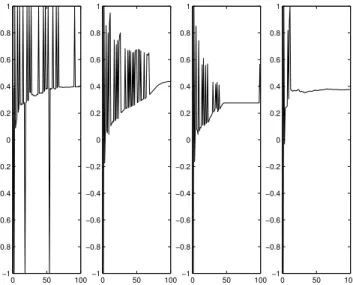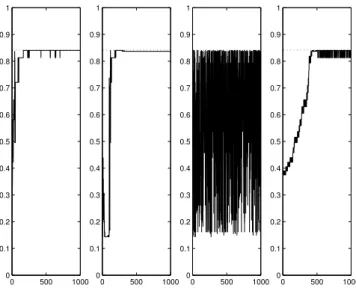Sequential experimental design and response optimisation
Texte intégral
Figure




Documents relatifs
The first one dealt with an inverse problem of non-linear heat transfer to estimate the thermal properties (storage and transport coefficients), con- sidering a uniform
deletion of ccpA in the tolerant mutant restored penicillin efficacy to the level of the susceptible strain, thus confirming the loss of tolerance observed in vitro..
The optimal control problem under study consists in minimizing the fuel consumption of the vehicle along a prescribed vehicle cycle, taking into account physical constraints
Results are obtained for a prescribed vehicle cycle thanks to a dynamic programming algorithm based on a reduced model, and furnish the optimal power repartition at each time
In this note we use only elementary concepts of convex analysis to show that the Christoffel- Darboux polynomial, so useful in approximation theory and data analysis [3], also
Finally, the proposed sequential criterion is compared with a model-robust criterion which does not consider the previously collected data during the design stages, with the
His research interests are centred on the preliminary stages of product design: defining the design requirements, synthesising the product concepts, the rapid
In the case of a single code, the existing selection criteria are based on the prediction variance [4, 13, 31, 32], the prediction mean [16] or both [9] or the covariance between
